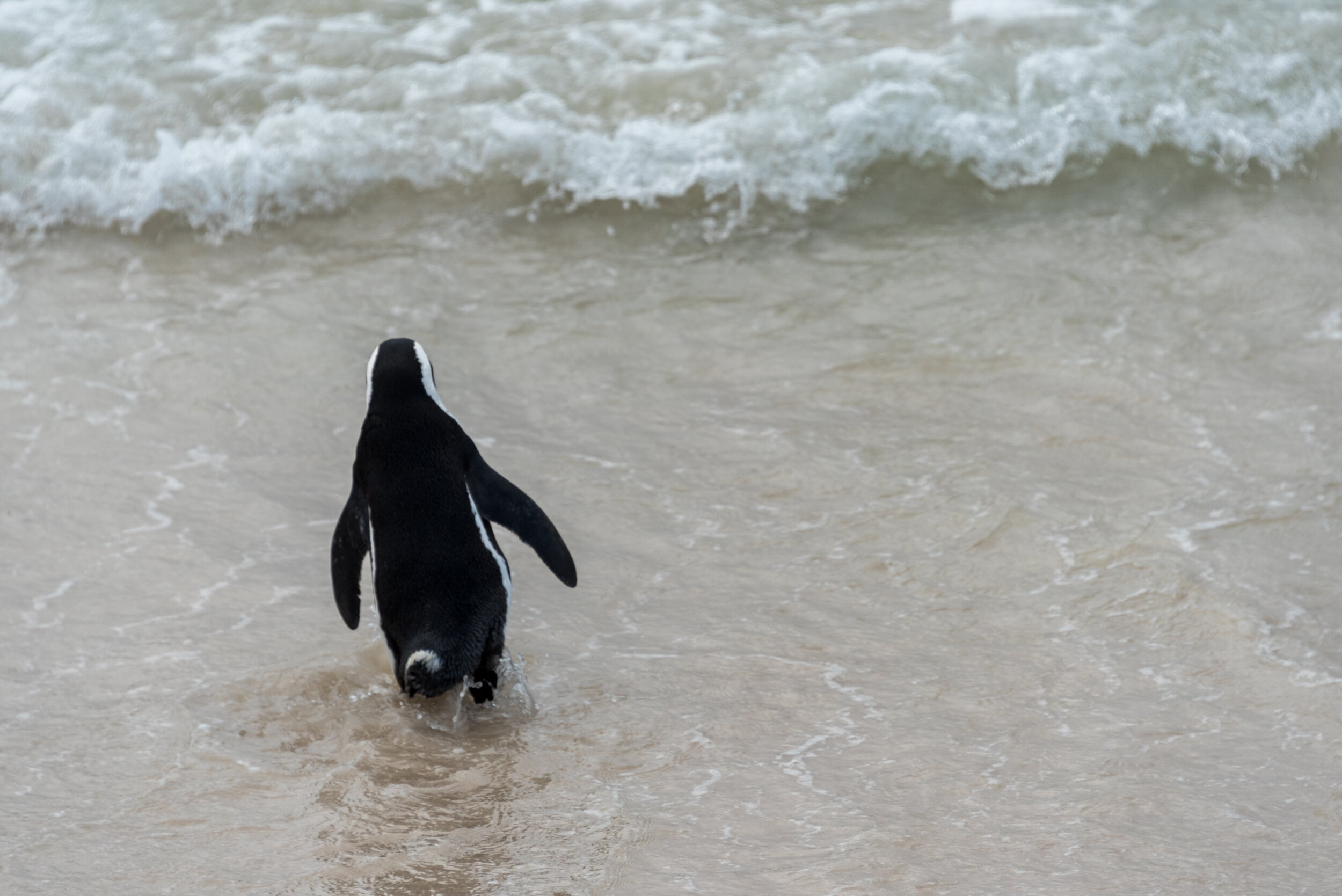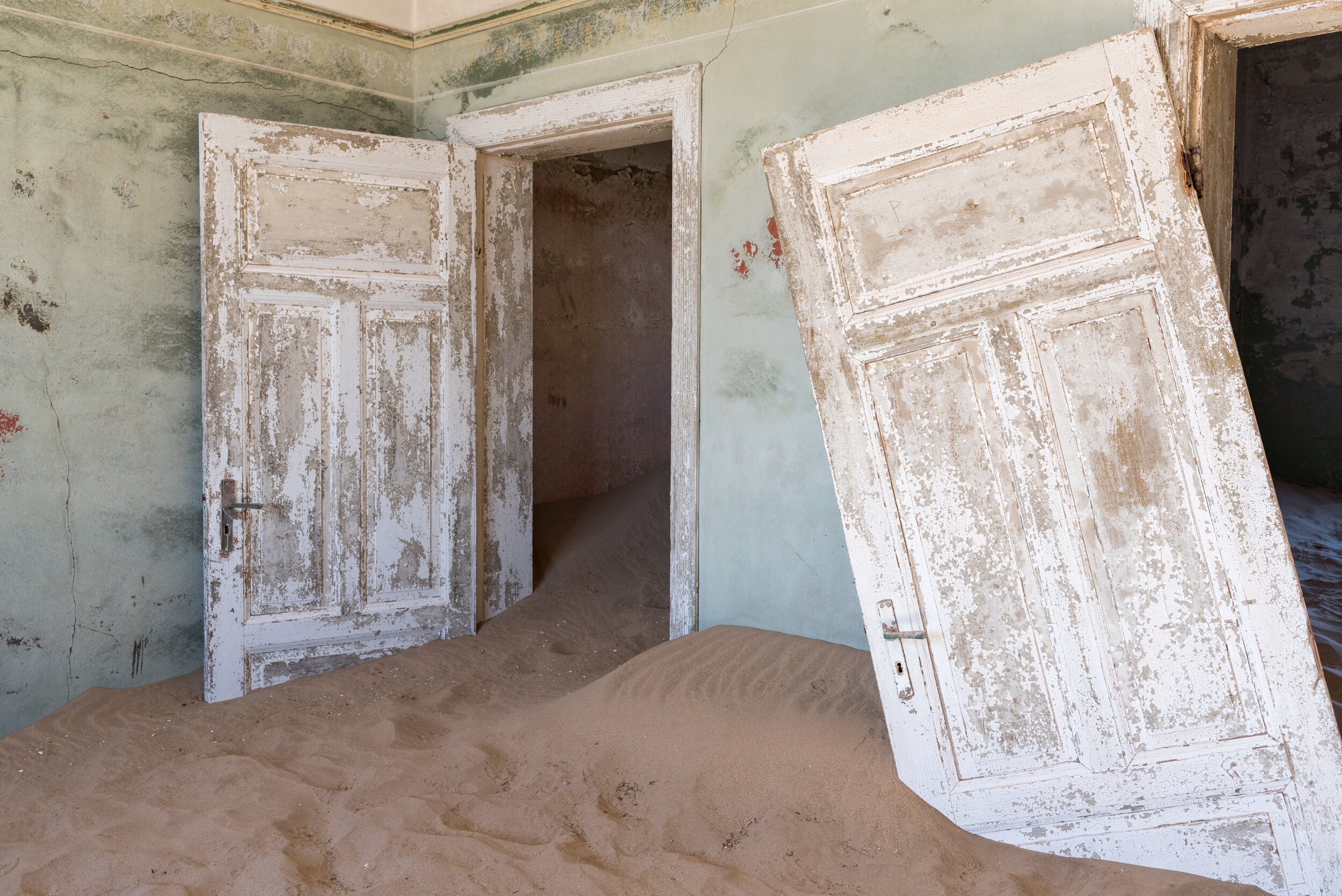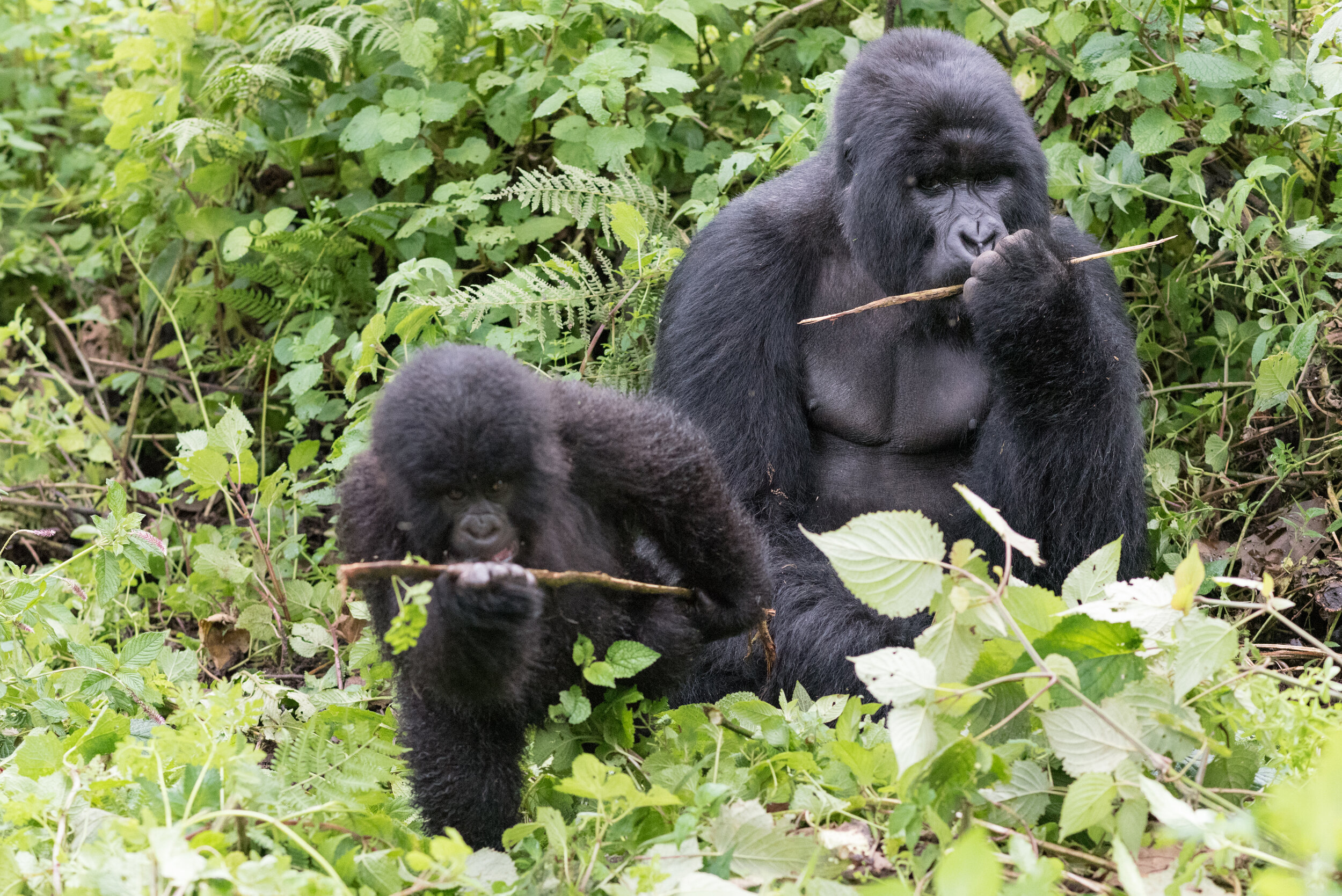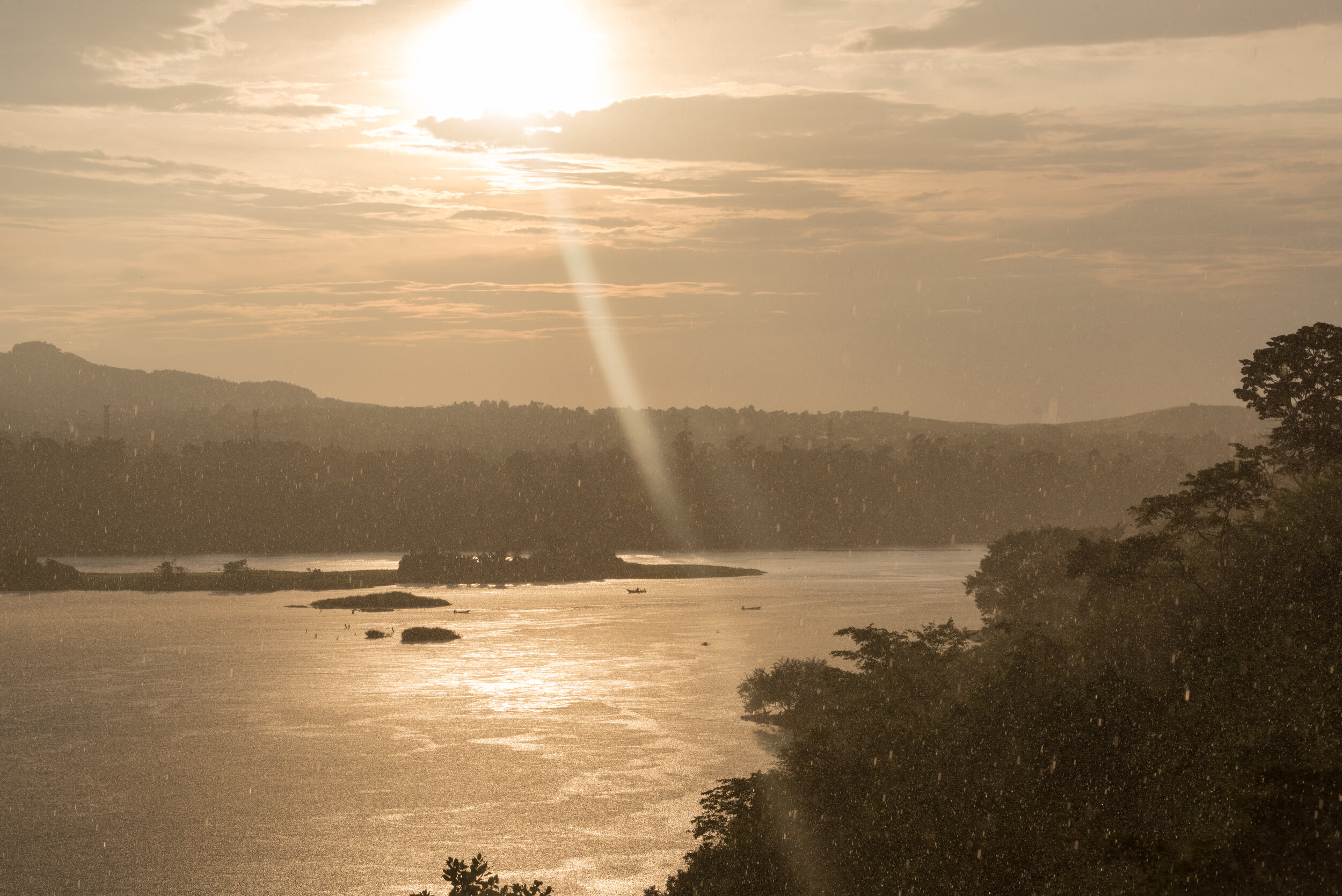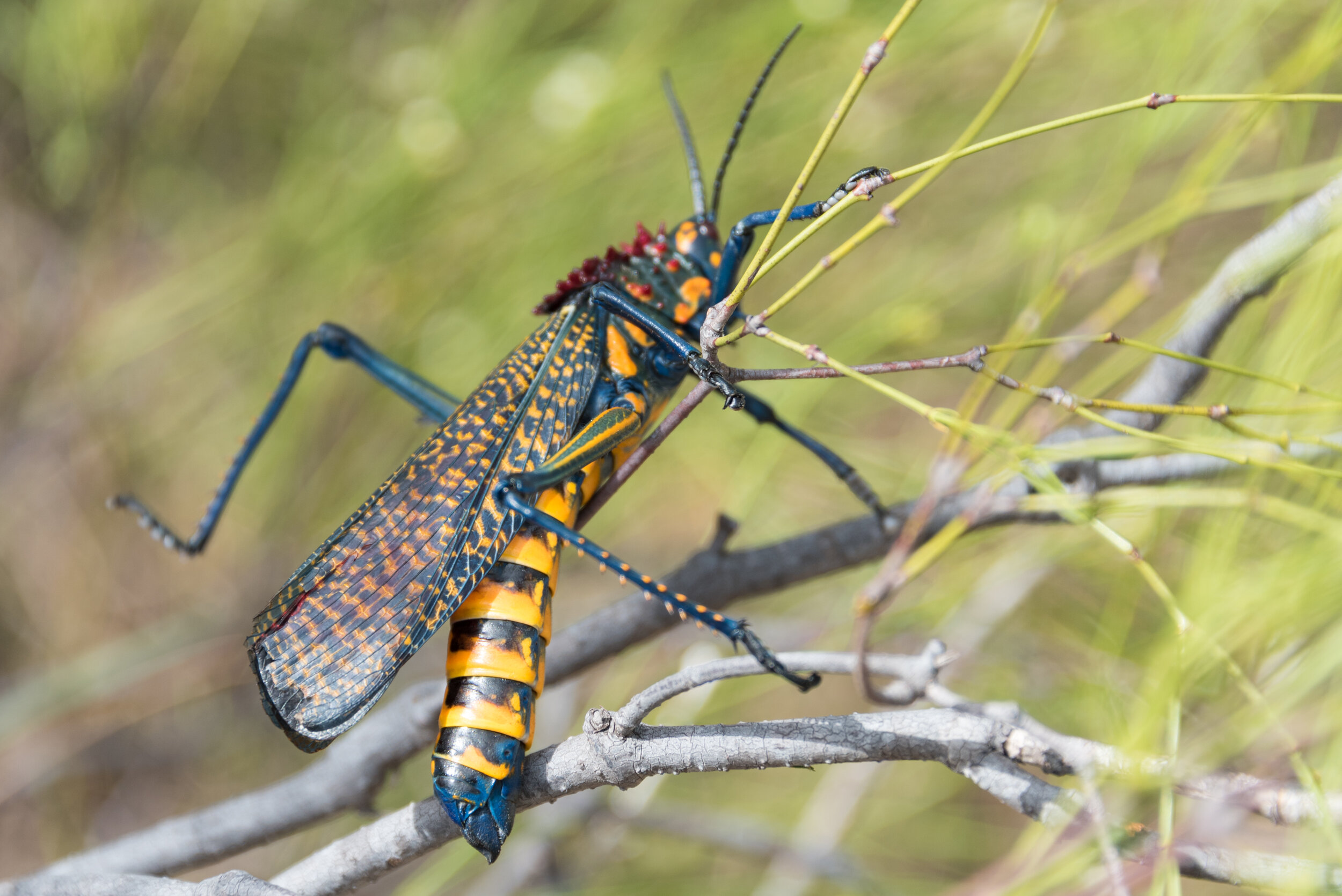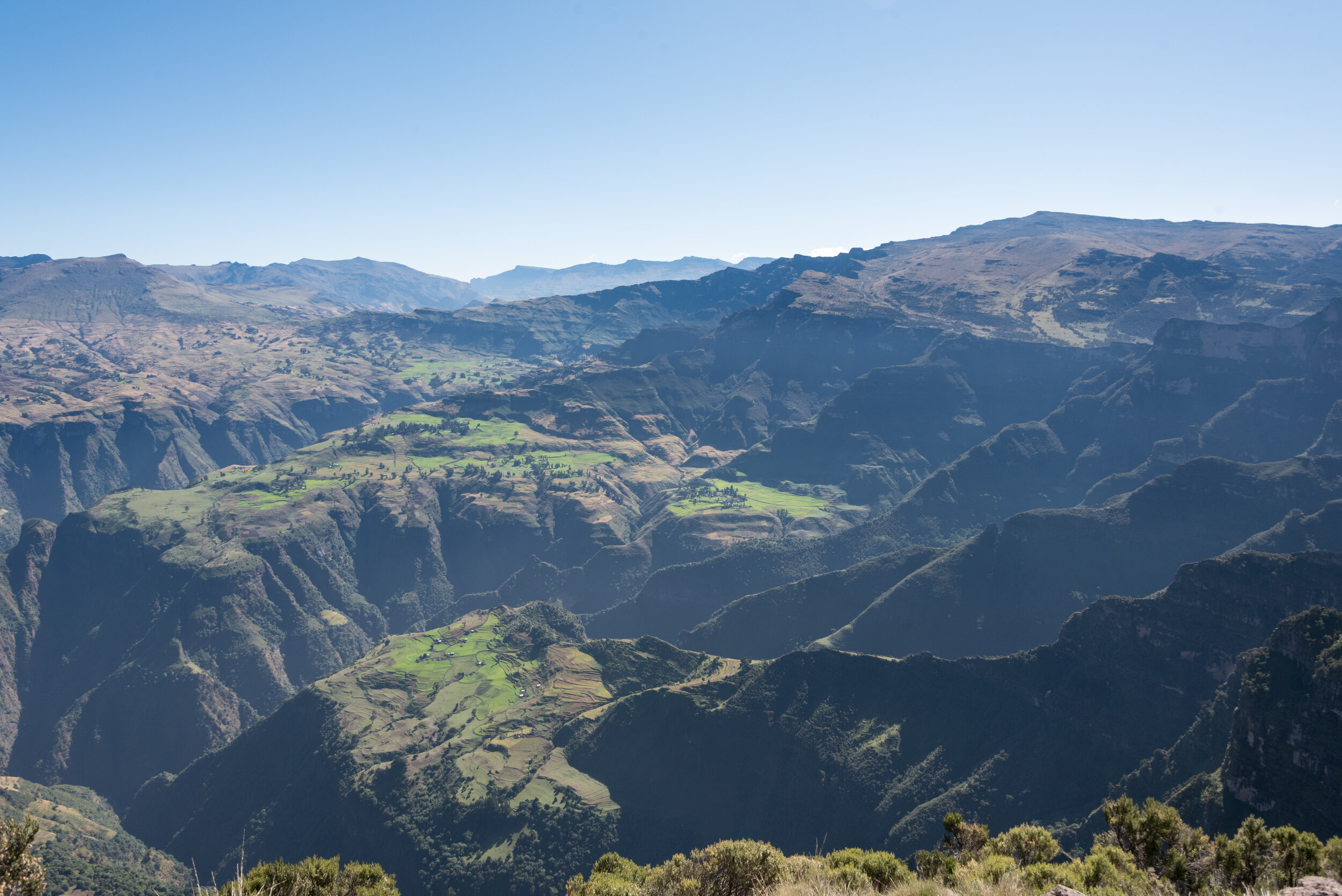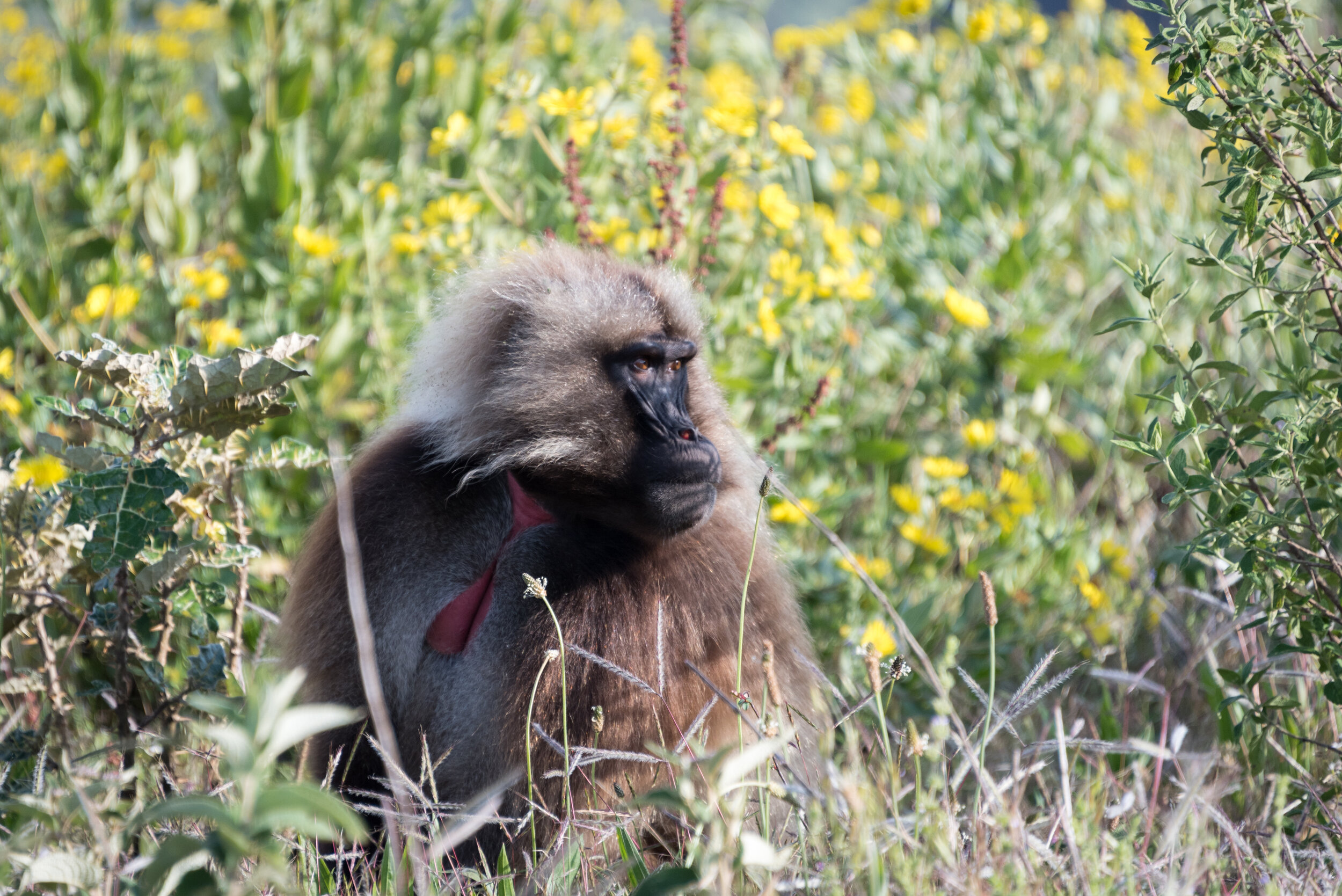Sitting in the back of an Uber on our way to our sea and city view AirBnB, it was evident that we’d long since left the heart of Africa. The previous three weeks in South Africa, and to some degree the two weeks of road tripping through Namibia before that, were an altogether different experience of a continent we’d grown accustomed to over the past few months. While the sights and comforts were welcome after the challenges of East Africa, Ethiopia, and Madagascar, I couldn’t help but feel as though we’d left behind an Africa that I wasn’t yet prepared to leave.
The comfort of a sedan equipped with a seat belt, functioning power windows, and a fixed price felt so foreign after the months of over-capacity buses and vans, after sharing seats with bags of rice, livestock, and televisions, and after needing MacGyver-like skills to make our way out of many a taxi. While comfort and safety are nice, I’d be hard-pressed to find a more immersive travel experience than riding local transport. Riding with the locals provides the opportunity to truly appreciate the societal norms and understand the origins of behaviors and quirks that remain foreign when viewed from a passing tour bus. I would never understand the life of an Ethiopian shepherd had a white-robed family of four not crammed into our shared van after flagging us down in the pitch dark on a mountain pass. No words were exchanged, and none were needed, as the overpowering stench of raw lamb that seemed to seep from their pores and cloth conveyed all that was necessary about the activities of their daily lives. Whatever you call them: Dalla-Dalla, Matatu, Taxi-Brousse, Share-Taxi, or Kombi, the semi-fixed route mini-vans/buses are ubiquitous throughout Africa, jam packed with commuters and a money collector usually hanging out the side or back shouting to the world where the bus is headed, eager to squeeze in as many passengers as humanly possible. On one 3-hour journey, we shared our seat with a flat screen TV, wondering for the first hour why the passenger made the choice to transport his TV in this manner, but after realizing during our unplanned flat tire pitstop that the other option was to attempt to hold onto it from the back of a motorbike, cramming it in between the seat-back and throbbing knees turned out to be the best option. The minibus mode of transport can be frustrating or life-saving, depending on your timing. The minivans don’t leave unless they’re almost full, so getting into an empty van can mean long waits, but if you happen to be walking and get stuck in the rain, the odds are a godsend will appear within a few minutes and, thankfully, there’s always room for a paying passenger. There may not be an app for minivans, but they’re as on demand as it gets in my book.
With the pent-up nostalgia for our African experiences in the back of my mind, I was nothing short of elated to find that our Uber driver was originally from the Democratic Republic of Congo, a place we’d experienced the most intense and invigorating days of our time in Africa. We learned of his childhood days hiking the mighty Nyiragongo volcano, and he learned how the region he’d grown up in had changed in the decade since he’d been home. We exchanged pleasantries in Swahili, perhaps the most endearing of languages I’ve come across, and passed along photos of places he only remembered through an adolescent’s eyes. I realized that his humility and genuineness were the origins of my nostalgia. If I think about where I’d want to return to if I just had a bit more time, or what I’d want to do, I have a hard time pinpointing any specific location or activity. What that conversation with the Congolese Uber driver helped me to understand was that the interaction with the people, with societies clearly lacking the amenities we take for granted back home, yet clearly having unlocked the secrets of happiness that wealthy westerners drive themselves nuts chasing, is what I felt on edge about leaving behind. Even with the scams, untrustworthy touts, and general shadiness of much of the African tourist industry, you can’t help but feel a sense of endearment for the societies of the various nations as a whole. In Swahili, “Karibu Sana” is translated to: “You are very much welcome,” or “You are most welcome,” a phrase we heard over and over in the most pleasant of accents, an assurance that, though we were clearly out of place, we were made to be at home by some of the most welcoming people on the planet.
I found myself somewhat troubled by the internal conflicts the realities of life in Africa bring. Areas of grey abound, as both the benefits and drawbacks of everything from financial aid to missionary work to tourism have very clear examples, with each having its own unintended consequences, sometimes only apparent years down the line. I doubt the first tourist or humanitarian worker who brought pens and paper to the children in Ethiopia thought they were laying the foundation for parents to have their kids beg for pens “for school” from every tourist so that they could turn around and sell them back to the local market for a sports jersey, and that this would be viewed as a better use of time than actually going to school. I also can’t imagine a good-intentioned American looking to spend their vacation volunteering in Africa realizes there’s a possibility the orphanage they are paying to volunteer for is incentivized to keep sufficient stock of their assets, the orphans, in order to keep business humming. This can result in children being taken from their homes, or parents renting out their children for the day to act as an orphan. To add to the moral dilemma, it’s also possible that the only way for that parent to feed their family is through the income gained from renting out their children. Another grey area are national parks and conservation areas in desperate need of protection from poachers and natural resource hunters that charge absorbent fees to enter, knowing that half is going straight to corrupt government officials looking for their next vacation home, while the other half seemingly goes to a just cause. Most disturbing of all are the public health conflicts, where choosing to ease the suffering happening before your eyes may result in more people suffering down the road because of the reliance on foreign aid rather than internal governments. How could you possibly explain to a suffering child that it’s best for future generations if immediate aid isn’t provided? The distribution of foreign aid, volunteer efforts, and simple charity seem black and white from the comfort of a couch or behind the keys of a laptop, but things aren’t so simple in a world of grey.
Wrestling with what to give, aside from my tourist dollars, to a continent that’s provided me with so many perspectives and experiences, I found myself stuck in limbo trying to ensure that any sort of time or money spent wasn’t actually going to proliferate the suffering or injustices I would intend to alleviate.
I settled upon a smile.
Impossible to misappropriate, a smile and perhaps a wave is what I chose to give to as many people as I possibly could, particularly the children, who often times seemed to be the biggest beneficiary. Seeing how far a random smile and positivity, with no strings or stipulations attached, can go to brighten someone’s day was the most uplifting of my experiences in such a challenging place. Perhaps when I find myself deep into my work in the future, a random stranger will grab my attention and give me a smile and a wave, with the intent of making my day, and perhaps they will.
Hopefully I will remember why…
































